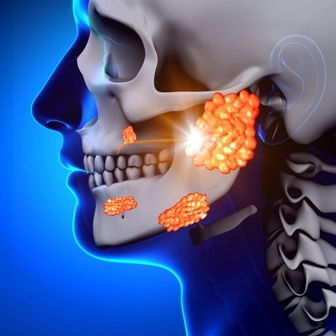Base Ludwig's Angina I&D Reporting on Approach and Anatomical Location

Question: Our surgeon recently performed an incision and drainage of Ludwig’s angina. How should I report the diagnosis? What CPT® code should I use to report the I&D that our surgeon performed?
New Jersey Subscriber
Answer: Ludwig’s angina is a severe form of cellulitis. It involves severe and potentially life threatening infection of soft tissue spaces below the tongue. It may occur following spread of infection from an abscessed tooth or other oral trauma. Affected tissues may swell rapidly and cause an airway obstruction, which may require intubation or a tracheostomy. Antibiotics usually stop the infection; however, surgery to drain the neck may be required.
Since Ludwig’s angina is a form of cellulitis, you report this diagnosis with the ICD-9 code, 528.3 (Cellulitis and abscess of oral soft tissues). You do not have any specific ICD-9 code to differentiate cellulitis and Ludwig’s angina. When you switch to using ICD-10 codes, you report a diagnosis of Ludwig’s angina with K12.2 (Cellulitis and abscess of mouth). Again, in ICD-10 also, you do not have a specific code to differentiate a diagnosis of Ludwig’s angina from a diagnosis of cellulitis.
The CPT® code that you will use to report the incision and drainage depends on the space in which the infection is located and the approach that your clinician used for the procedure. If your surgeon used an intraoral approach, you will have to choose a code from the following six codes depending on the space where the infection was present:
On the other hand, if your clinician used an extraoral approach, you will have to choose a code from one of the following four choices:
For instance, if your clinician used an extraoral approach to drain the infection from the submandibular space, you will have to use 41017.




